JunctionMaster, Relocate Folders Without Path Changes
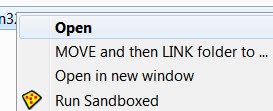
Have you ever experienced a situation where a hard drive where you needed to store additional data on was not able to store the data because of size limitations? This happened to me after migrating the operating system to a Solid State Drive with 80 Gigabytes of space. Problem was the gaming platform Steam was installed on the drive and Steam games could only be installed on the drive it was installed on.
I solved the issue with Steam Mover, a free application that would move contents from the main drive to another drive with the help of Junctions. That way it was possible to move some of the Steam games to different partitions without affecting the functionality of the games or Steam.
JunctionMaster is a new software that is currently offered as an alpha version which means it is at the beginning of the development.
The program offers similar options to relocate folders to other partitions or hard drives without changing the folder path.
Examples of where this may help:
- I bought a new hard drive and want to move some of my program files to it without having to change a thing, or reinstall the software
- I have an SSD and want to minimize writes to it. Therefore, I need to Move and Link high traffic folders to another drive - a conventional one
- I am out of space on my primary hard drive partition and want to move folders from it without having to change the path I reference them by
The program integrates into the Windows Explorer shell adding a new option to move and link the selected folder.
This opens a warning first and then a new window with options to select the new location of the selected folder.
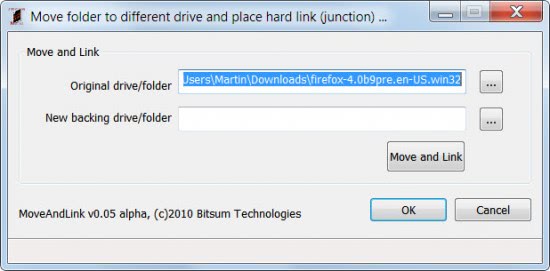
A click on Move and Link in the window moves (not copies) the folder and its data to the new location and adds information at the old location that the folder has been moved. Windows and applications will follow the redirect to access the files and the folder.
JunctionMaster can be started from the start menu or its installation directory as well which opens a different interface which is solely used for finding and removing junctions from selected locations.
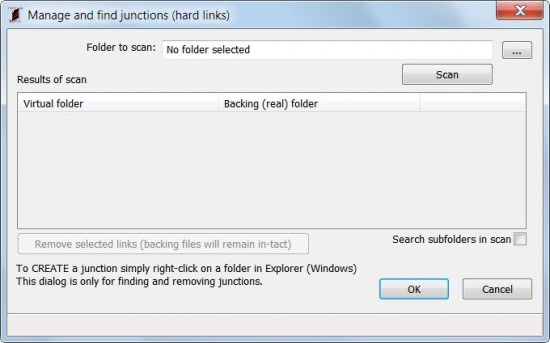
JunctionMaster is provided as a 32-bit and 64-bit version at the developer website. The program itself is compatible with all Windows operating systems from Windows XP on plus Windows NT and Windows 2000.
Advertisement








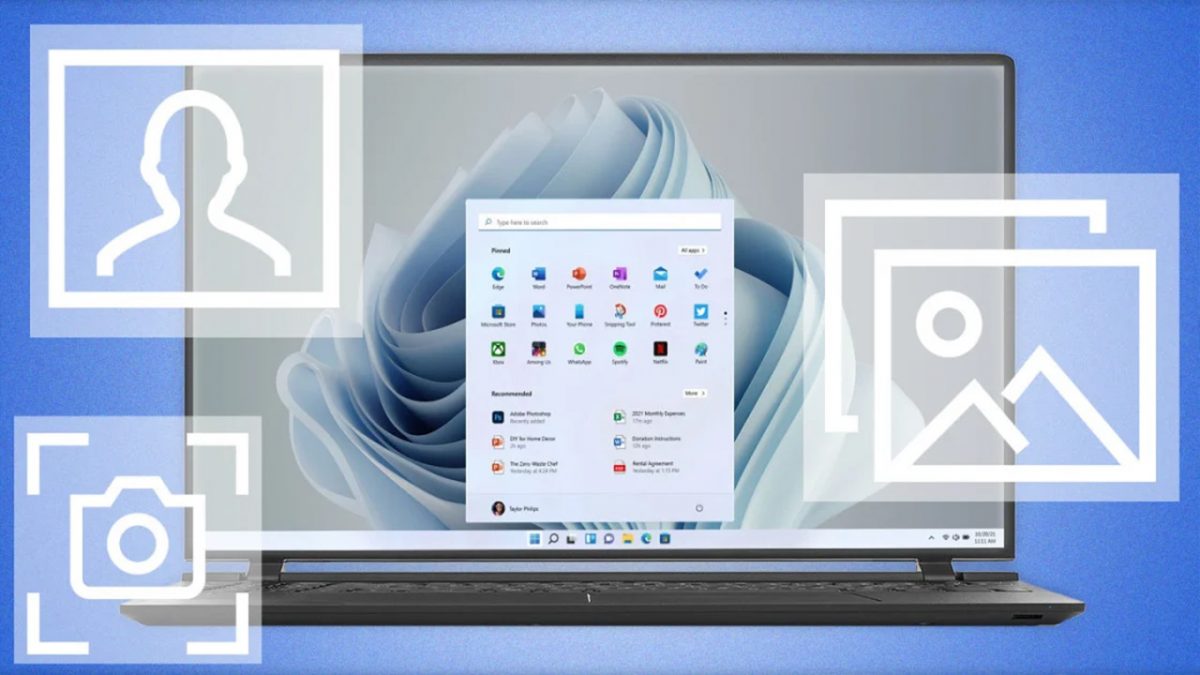
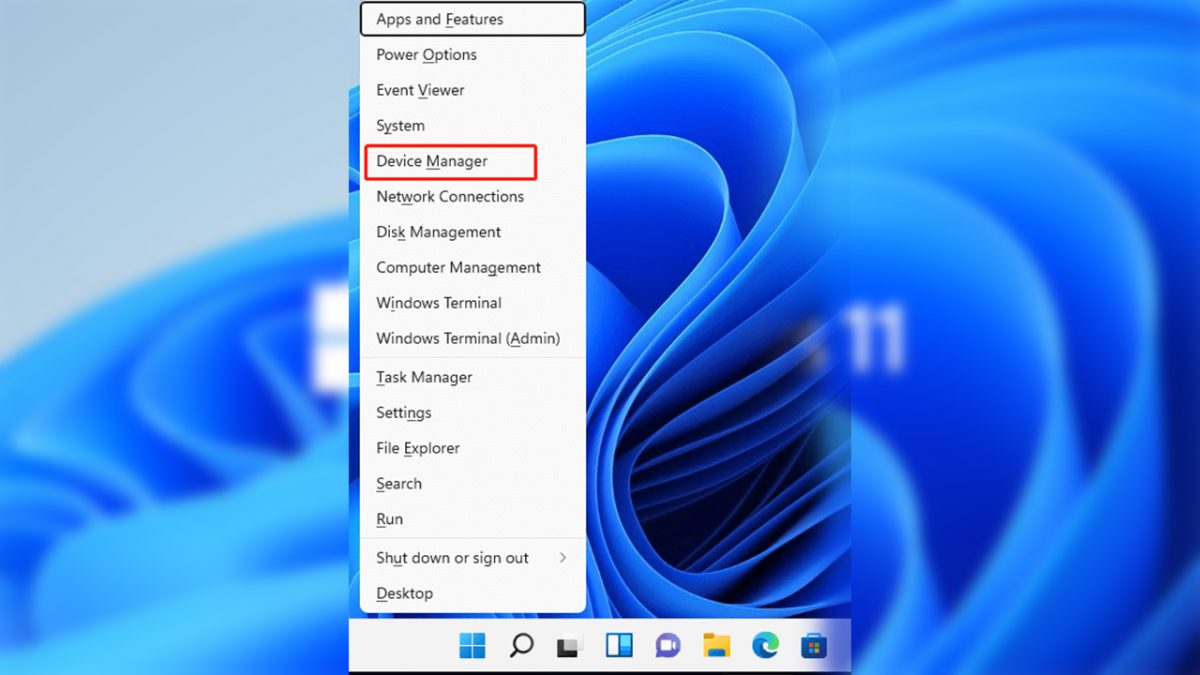




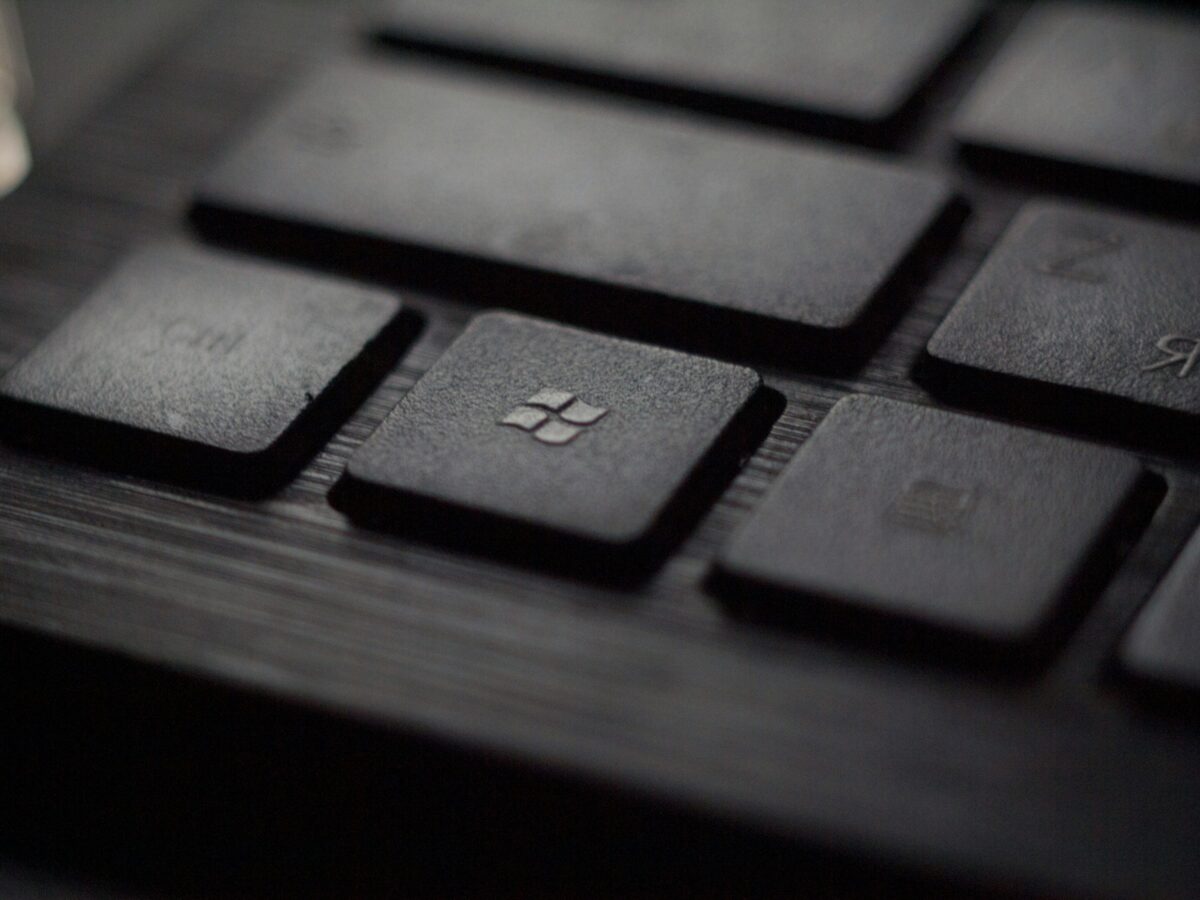






Yet another freeware tool for creating junctions: Junction Link Magic at
http://www.rekenwonder.com/linkmagic.htm
This sounds interesting and useful.
PC Magazine had an old program called COA2 (Change Of Address) that allows you to change the location of an application. You have to do the physical move yourself (copy first, run COA2, then delete the original).It looks in the registry, shortcuts, etc. and changes the pointers. I have used it in WinXP successfully.
The program hasn’t been updated in years. But you can find copies via a Google search.
I use for the same purpose Sysinternal’s ‘Junction’ application. I assume the protocol is the same ?
I have “junctionned” up to now the cache folders of all Firefox, Chrome and Opera browsers, even if only Chrome had no alternative, but cleaning software like CCleaner when told to clean browsers’ cache cleans only the cache in the default path…
This JunctionMaster (from ‘Bitsum’ software well knowned for its ‘Process Lasso’) has the advantage of being handier to manipulate. I will give it a try.
Thanks, Martin.
Yes all applications are basically frontends.
thank you so much nice post kapıda kaldım